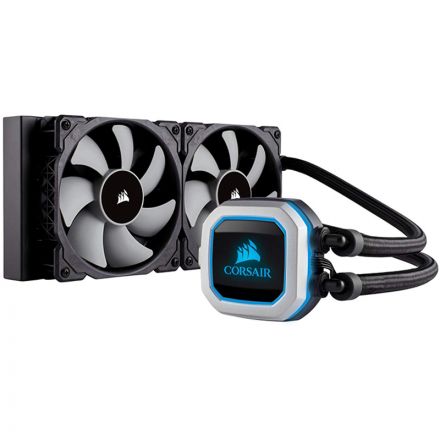This website uses cookies to ensure you get the best experience on our website. Read more

- Categories: TechnologyPosted: January 29, 2024Read more
In the rapidly evolving landscape of technology, the heart of every electronic device lies in its processor. Over the years, we have witnessed a remarkable journey from the humble dual-core processors to the powerhouse octa-core beasts that now power our smartphones, laptops, and desktops. This transformation has not only revolutionized the way we interact with our devices but has also set the stage for unprecedented computing capabilities. In this blog post, we will delve into the world of processor cores, exploring their evolution, impact, and the considerations users should keep in mind when navigating through the myriad of options available today.
The Dual-Core Era
Not too long ago, dual-core processors marked a significant leap forward in computing power. These processors, equipped with two processing cores, allowed for better multitasking capabilities and improved performance compared to their single-core counterparts. Tasks such as running multiple applications
- Categories: GraphicsPosted: January 22, 2024Read more
In the ever-evolving world of computer graphics, the performance of your graphics card is a critical factor in determining the quality of your visual experience. One crucial component that plays a pivotal role in this is VRAM, or Video Random Access Memory. Understanding VRAM is essential for anyone looking to maximize their graphics card's potential and unlock a world of immersive visuals and smooth gameplay.
What is VRAM?
VRAM is a type of memory specifically designed for graphics processing units (GPUs) found on graphics cards. It serves as a dedicated space for storing and quickly accessing the graphical data required to render images on your display. Unlike system RAM, which is a general-purpose memory used by the entire system, VRAM is optimized for the unique demands of rendering graphics.
The Importance of VRAM
-
Texture Loading and Rendering: VRAM is crucial for storing textures, which are the graphical elements
-
- Categories: GraphicsPosted: January 15, 2024Read more
In the dynamic realm of video editing, achieving seamless and high-quality results is paramount. Among the plethora of hardware components that contribute to this process, graphics cards stand out as unsung heroes. While often associated with gaming, these powerful devices play a pivotal role in elevating the video editing experience to new heights. In this blog post, we delve into the significance of graphics cards in video editing and how they impact the overall editing workflow.
-
Rendering Performance: The Heart of Video Editing
Video editing involves intricate processes, and one of the most crucial aspects is rendering. Rendering is the process of converting raw footage into a final, polished video. This requires significant computational power, and a robust graphics card can dramatically accelerate this process. A high-end GPU (Graphics Processing Unit) can handle complex rendering tasks efficiently, ensuring smoother playback
-
- Categories: GraphicsPosted: January 08, 2024Read more
In the ever-evolving world of PC gaming and graphic-intensive tasks, having the right graphics card can make all the difference in your overall experience. With a myriad of options available in the market, finding the perfect balance between performance and cost can be a daunting task. In this graphics card comparison guide, we'll explore key factors to consider when making your purchase and highlight some of the top contenders that offer the best value for your hard-earned money.
-
Performance Metrics:
When comparing graphics cards, the first thing to consider is their performance metrics. Understanding the specifications like clock speed, CUDA cores (for NVIDIA cards), stream processors (for AMD cards), and VRAM capacity is crucial. These metrics directly impact a card's ability to handle demanding tasks, including gaming, video editing, and 3D rendering.
Benchmark scores and reviews from reputable sources can provide valuable insights
-


















